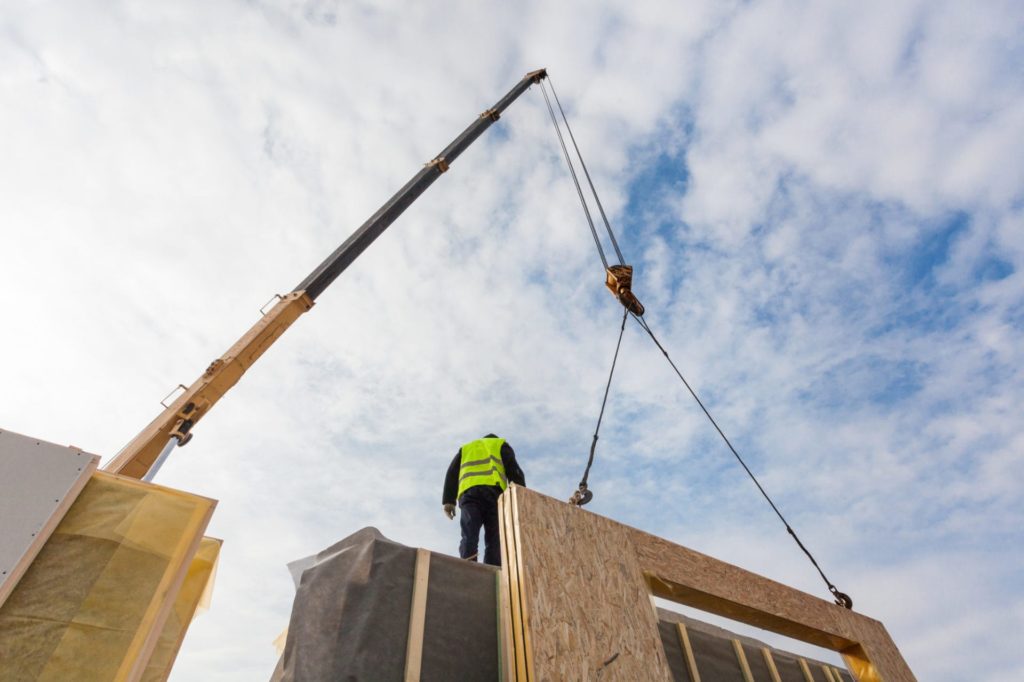The Government is proposing sweeping changes to the planning system, which we have written about here. Another significant change on the horizon is the introduction of Biodiversity Net Gain as a mandatory requirement for most development. Developers are likely to feel the effect of Biodiversity Net Gain much sooner than many of the other proposed changes to the planning system. Developers who are unaware of the changes could find themselves making expensive mistakes.
What is Biodiversity Net Gain?
The Environment Bill is making its way through Parliament and, in short, it will require almost all planning permissions to be granted subject to a planning condition requiring a “biodiversity gain plan” to be submitted and approved prior to commencement of development.
The biodiversity gain plan must meet the “biodiversity gain objective”. This requires the biodiversity value of the development to exceed its pre-development biodiversity value by 10%. Biodiversity value will be calculated using a metric published by Natural England. An updated metric is due to be published later this month. The Bill contains anti-avoidance measures, any damage to a habitat without express consent, will, after 30 January 2020, be disregarded when calculating biodiversity value.
Permitted development will be exempt from requiring a biodiversity gain plan. The Bill allows the Secretary of State to make Regulations excluding other types of planning permissions. Such exclusions are expected to include nationally significant infrastructure projects, marine development, brownfield sites, which do not contain priority habitats and face genuine viability issues, and householder applications.
What will I need to do?
Developers can meet to the Biodiversity Gain Objective by:
Delivering habitat enhancements off-site
Purchasing biodiversity credits from the Government
The Government currently intend biodiversity credits to be an option of last resort and intend to price them so that they are and more expensive than the likely cost of creating on-site or off-site habitat enhancements.
Habitat enhancements can be secured by planning condition, or under a planning obligation or conservation covenant. The habitat enhancements for a particular development must be secured for at least 30 years.
Conservation covenants are a new concept and will bind land and successors in title. Landowners can voluntarily enter into conservation covenant to create so-called "habitat banks" which can be "sold" to developers.
We expect the Environment Bill to become law next year. The Government is proposing a two-year transitional period before the biodiversity net gain requirement comes into force.
What action should I take now?
Developers would be forgiven for questioning why they should think about biodiversity net gain now, if these requirements are not due to come into force for at least two years. However, conditional contracts, option agreements and promotion agreements often run for a number of years. Developers entering into such agreements should take biodiversity net gain into account.
Developers should review their existing land agreements, option agreements, promotion agreements etc. (especially those which have a number of years left to run) and consider the impact of a potential Biodiversity Net Gain requirement on their proposals. Would they be committed to purchase the land where Biodiversity Net Gain is required?
Looking ahead, Developers will need to consider how potential Biodiversity Net Gain requirements might affect their future projects. The requirements could have a number of different knock-on effects. For example, developers may wish to consider:
- Do they need to acquire additional land on site or elsewhere to allow for habitat enhancements?
- How will they secure this additional land through legal agreements, potentially with multiple landowners?
- Will the price calculation mechanism in their legal agreements address the associated impact on the value of the land and the potential costs of purchasing biodiversity credits?
- Will they be committed to purchase a site if there is a Biodiversity Net Gain requirement?
There could be significant implications and unintended consequences arising from Biodiversity Net Gain that developers need to consider. However, by considering these issues now and by taking early advice, developers will be well-placed to respond to these changes.
Who can I talk to about Biodiversity Net Gain?
Christian Silk in our Planning & Environment Team and John Catchpole in our Real Estate Team would be happy to hear from you to discuss the implications of Biodiversity Net Gain for your business.














